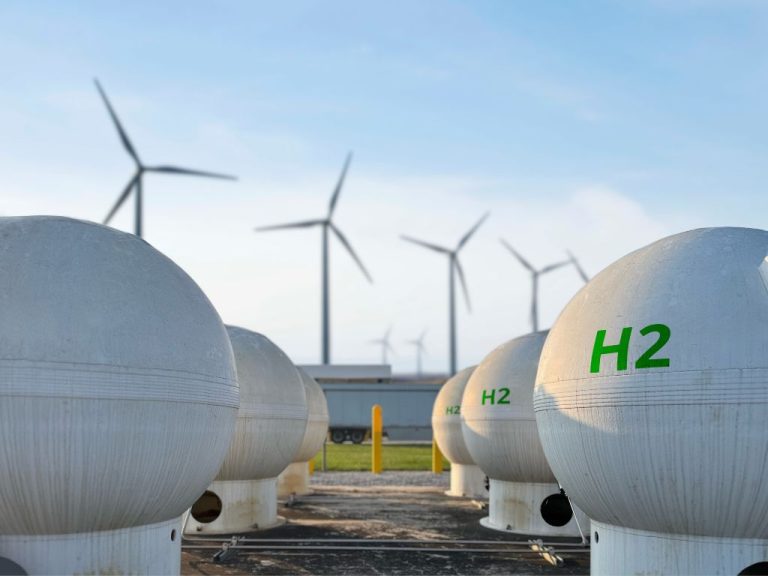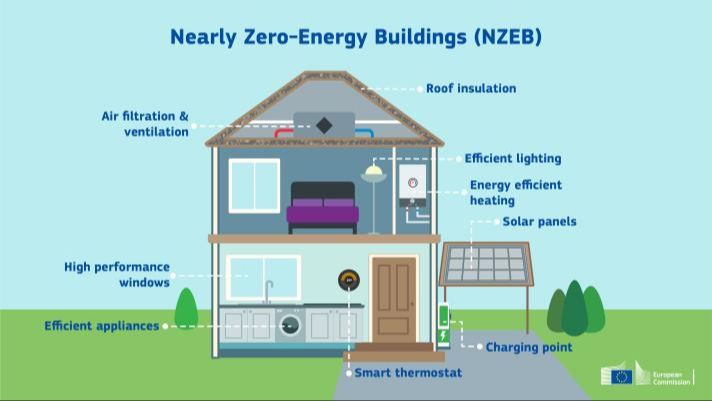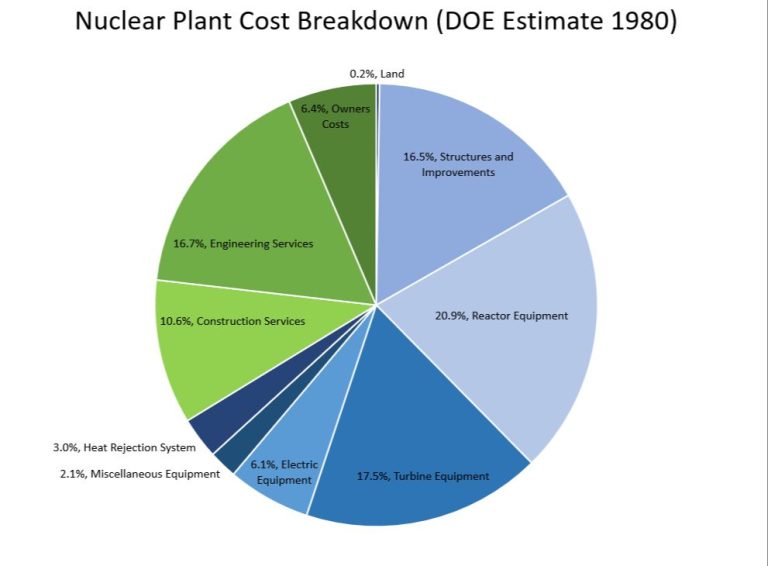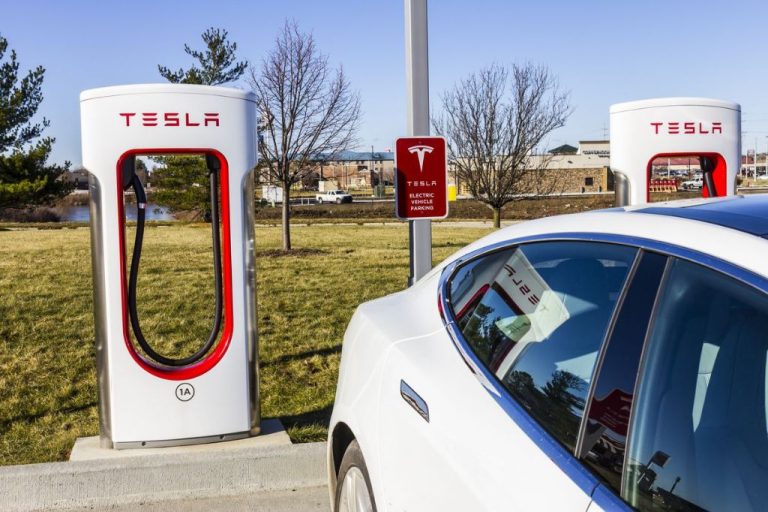How Would You Define Energy?
Energy is the ability to do work or cause change. In physics, energy is defined as the ability to do work. Work involves moving an object by applying a force, so energy is about making things happen.
Everything we do requires energy. From breathing and eating to running and thinking, we use energy to function. Energy comes in different forms that can be converted from one to another, such as kinetic, potential, thermal, chemical, nuclear and more. These forms of energy allow us to cook food, generate electricity, power vehicles, and much more.
Energy is never created or destroyed – it just changes form. This is the law of conservation of energy. The energy in your body was once energy from the food you ate which came from plants absorbing sunlight. The gasoline that powers cars contains chemical energy that came from the Earth. Understanding energy and its transformations is key to harnessing it for human needs.
Forms of Energy
Energy exists in many different forms that can be grouped into two main categories – potential energy and kinetic energy. Potential energy is stored energy that has the potential to do work. Kinetic energy is energy in motion that is actively doing work. Here are some of the main forms of potential and kinetic energy:
Potential Energy
– Chemical Energy – The energy stored in the bonds between atoms and molecules. Examples are batteries, biomass, petroleum, natural gas, and food.
– Nuclear Energy – The energy stored in the nucleus of an atom. Nuclear power plants split uranium atoms to release this energy.
– Gravitational Potential Energy – Objects have energy due to gravity. A rock at the top of a hill contains energy that can be released as it rolls down.
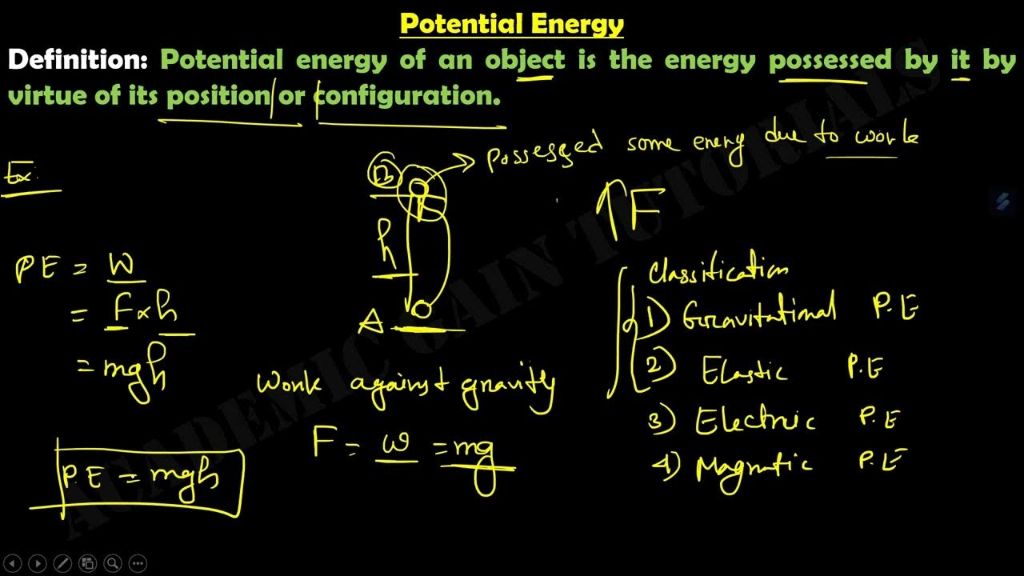
– Elastic Potential Energy – Energy stored in compressed or stretched springs and elastic materials.
Kinetic Energy
– Thermal Energy – The internal energy of an object due to the motion of its atoms and molecules. Heat is the transfer of thermal energy between objects.
– Radiant Energy – Electromagnetic energy that travels in waves. Light is a form of radiant energy.
– Motion Energy – The energy of a moving object. The faster the object moves, the more kinetic energy it possesses.
– Sound Energy – Caused by vibrations and transmitted through substances as a wave.
– Electrical Energy – The movement of electrons. Anything powered by electricity uses electrical energy.
Energy Transformations
Energy can change from one form to another through processes known as energy transformations. For example, chemical energy stored in gasoline is converted into thermal energy and kinetic energy when a car engine combusts the fuel. The thermal energy heats the engine while the kinetic energy propels the car. Some common energy transformations include:
– Chemical energy in food transforms into thermal energy and kinetic energy in living organisms
– Solar energy is converted into electrical energy through solar panels
– Electrical energy transforms into light and thermal energy in appliances and devices
– Nuclear energy in radioactive elements changes into thermal energy and electromagnetic radiation
– Mechanical energy like motion and vibration converts into thermal energy due to friction
– Thermal and pressure energy transforms into kinetic energy in steam turbines
Energy transformations allow the energy in physical systems to change forms while obeying the law of conservation of energy. This versatility makes energy incredibly useful, as it can be converted into useful forms to power human civilizations.
Potential Energy
Potential energy is the energy an object possesses due to its position or configuration. For example, a ball held at a height above the ground has potential energy due to gravity acting on its mass. As the ball falls, this potential energy is converted into kinetic energy – the energy of motion. Other examples of potential energy include:
- The energy stored in a compressed or stretched spring
- Chemical potential energy stored in the bonds of molecules like gasoline or food
- Nuclear potential energy from the binding forces between protons and neutrons in an atomic nucleus
- Gravitational potential energy of water held behind a dam or hillside
In each case, there is energy stored in the object’s configuration that can later be released to do work. Potential energy is a key concept for understanding many physical systems and processes that involve energy storage and transfer.
Kinetic Energy
Kinetic energy is the energy of motion. An object that has motion – whether it is vertical or horizontal motion – has kinetic energy. The amount of kinetic energy depends on the mass and velocity of the object. The greater the mass and velocity, the greater the amount of kinetic energy. For example, a car moving at 60 miles per hour has more kinetic energy than a car moving at 30 miles per hour. This is because the faster car has more velocity. When the car hits the brakes and slows down to a stop, its kinetic energy decreases as the velocity decreases. The formula for kinetic energy is:
Kinetic Energy = 1/2 x mass x velocity squared
The unit for kinetic energy is the joule (J). Kinetic energy plays an important role in our daily lives. For example, the motion of wind is able to turn the blades of a wind turbine to generate electricity. The motion of flowing water turns hydroelectric power plant turbines to generate electricity. Even a hammer driving a nail into wood involves transferring kinetic energy from the motion of the hammer into the nail.
Thermal Energy
Thermal energy refers to the internal energy of molecules associated with temperature. All matter contains thermal energy from the movement of atoms and molecules. This energy depends on the temperature and phase of the matter. Higher temperatures mean greater thermal energy as atoms and molecules vibrate and move more rapidly.
Heat is the transfer of thermal energy between objects due to temperature differences. Heat flows spontaneously from higher temperature to lower temperature objects. Many energy transformations involve heat flowing between a system and its surroundings. For example, the chemical energy in burning fuel is converted into thermal energy that gets transferred as heat. Mechanical devices like car engines convert this heat into useful mechanical energy.
Thermal energy is an important concept across sciences like thermodynamics, chemistry, and physics. Understanding how thermal energy flows and transforms between systems through heat allows scientists to optimize energy usage in technologies like power plants, engines, and chemical processes.
Chemical Energy
Chemical energy is the energy stored in the bonds between atoms and molecules. It is the energy that holds these particles together. This energy can be released when chemical bonds are broken. Combustion and metabolism are examples of processes that break chemical bonds and release chemical energy.
For instance, the hydrocarbon molecules in gasoline contain high amounts of chemical energy in their chemical bonds. When gasoline is combusted in a car engine, these bonds between carbon and hydrogen atoms in the fuel molecules are broken, releasing chemical energy that can do work to move the car.
Our bodies also get chemical energy by breaking the chemical bonds in the food we eat. The cells in our body digest food through metabolic reactions that break down molecules like carbohydrates, fats and proteins. This releases chemical energy that our cells can use to carry out their functions.
Chemical energy is an extremely versatile form of energy, since there are so many different types of molecules with bonds that can store this energy. It drives many of the essential processes that support life and modern civilization.
Nuclear Energy
Nuclear energy is the energy stored in the nucleus of an atom. Atoms are made up of protons, neutrons, and electrons. The protons and neutrons are located in the nucleus, which is the central core of the atom. Nuclei that are unstable and can be altered are considered radioactive. The instability of radioactive nuclei provides the release of nuclear energy. There are several processes that release nuclear energy: nuclear fission, nuclear fusion, and radioactive decay.
In nuclear fission, a nucleus splits apart into two or more fragments, releasing energy in the process. Fission occurs when a neutron collides with a radioactive nucleus like uranium or plutonium. This causes the nucleus to split into smaller nuclei, releasing energy and more neutrons. The neutrons can then collide with other uranium or plutonium nuclei, causing a chain reaction. Nuclear power plants use fission chain reactions to produce electricity.
Nuclear fusion is the joining of two light atomic nuclei to form a heavier nucleus. Fusion releases energy because the total mass of the new nucleus is less than the combined mass of the two original nuclei. The sun and other stars generate energy through fusion of hydrogen nuclei into helium. Scientists are researching fusion as a future energy source on Earth, but the extreme conditions required make it very difficult to achieve controlled fusion.
Radioactive decay is the process by which an unstable atomic nucleus loses energy by emitting radiation. This occurs when neutrons or protons convert to protons or neutrons within the nucleus. The process emits energy in the form of gamma rays, beta particles, or alpha particles. Radioactive decay is a natural process that occurs over time. It is the source of radiation produced inside nuclear reactors.
Electrical Energy
Electrical energy comes from the movement of electrons through a conductive material. Electrons have a negative charge, and when they move through a material like a metal wire, they create an electric current. The electric current can then be used to produce light, heat, sound, mechanical motion or other forms of energy.
Batteries are one common source of electrical energy. Chemical reactions within the battery cause electrons to build up on one terminal, creating a negative charge. This charge then flows through an external circuit, releasing energy in the process. Generators are another source of electricity, often converting mechanical energy from turbines into electrical energy.
Electricity is an extremely useful form of energy since it allows energy to be easily transported over distances. The electrons flow through conductors like wires and can then be used to power devices and equipment. Electrical energy powers homes, businesses, factories and more. It provides lighting, heating, cooling and runs motors, computers, appliances and electronics.
While electricity itself is a secondary energy source that must be generated from other primary sources, it allows energy to be harnessed from a variety of renewable sources like solar, wind, hydro and geothermal. Electrical energy will continue to be an essential way of powering human civilization into the future.
Conservation of Energy
One of the most fundamental laws of physics is the law of conservation of energy. This law states that within a closed system, the total amount of energy remains constant. Energy can change forms, but it cannot be created or destroyed. For example, electrical energy can be converted into light and heat energy by a light bulb. The energy is transformed from electricity into other forms, but the total amount of energy in the system remains the same.
This principle is extremely important when considering energy usage and production. Since energy cannot be created, we can only produce energy by converting it from other forms. Most of the energy we use originally came from the sun in the form of radiation. We capture solar energy through natural processes like photosynthesis or by direct conversion using solar panels. We also utilize chemical energy stored in fossil fuels that originated from ancient plant and animal matter. The conservation of energy helps explain where usable energy comes from and how different energy systems are interconnected.
Understanding that energy must be conserved also shows us that energy usage has associated costs. Because energy cannot be created, using large amounts of fossil fuels depletes finite resources and impacts the environment. However, renewable energy sources like solar and wind can be replenished naturally. Overall, the immutable conservation of energy has profound implications for how we harness energy sources on our planet.

